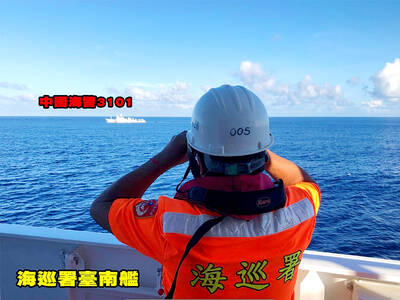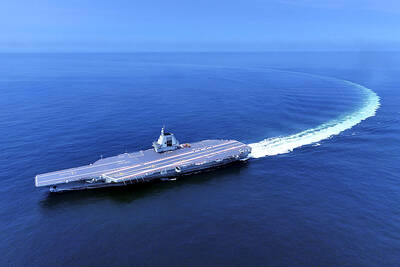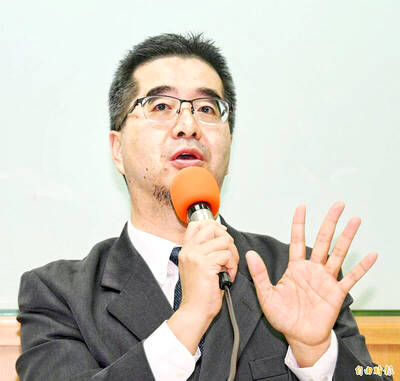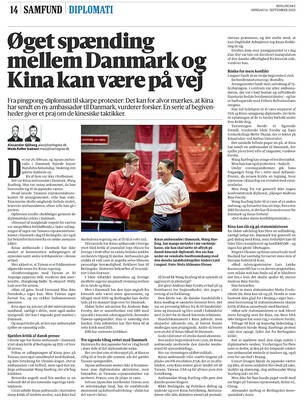Minister of National Defense Wellington Koo (顧立雄) today vowed to implement strict controls once indigenous drones enter mass production, following reports that the Rui Yuan II was found to contain China-made components.
Chinese-language media reported that the indigenous Rui Yuan II uncrewed aerial vehicle, designed by the National Chungshan Institute of Science and Technology, was found to contain Chinese-made communication modules and SD cards during an import inspection.
Military drones should be entirely free from Chinese components in the “red supply chain,” and stricter controls would be implemented once the Rui Yuan II drones enter mass production, Minister of National Defense Wellington Koo (顧立雄) told lawmakers.

Screen grab from an institute YouTube video
The drone has not yet entered mass production and is still in the research-and-development stage, institute president Lee Shih-chiang (李世強) said.
The institute has already enforced contract provisions requiring the manufacturer to replace the Chinese-made components with those from Taiwan’s own supply chain, he said.
The institute imports many components from overseas, and contracts contain stipulations on source countries, although it is not feasible for on-site manufacturing audits to be conducted abroad, he added.
Therefore, sourcing issues often arise in the latter stages of product development after import, he said.
The institute would assist the manufacturer in finding alternative components and establishing non-red supply chains that would ensure no products contain Chinese-made elements, he added.
The military also has guidelines stating that products containing components from Chinese supply chains cannot be used in key weapons and equipment, Koo said.
This is enforced using factory inspections and country-of-origin certificates at the start of the development process, as well as conducting comprehensive final inspections, he added.
The military ranks Chinese-manufactured items using a five-tier classification system, with no regulations on whether non-critical items such as tables are made in China, Koo said.
However, Chinese-made components with transmission capabilities are strictly prohibited, he added.
Additional reporting by CNA

The Coast Guard Administration (CGA) yesterday said it had deployed patrol vessels to expel a China Coast Guard ship and a Chinese fishing boat near Pratas Island (Dongsha Island, 東沙群島) in the South China Sea. The China Coast Guard vessel was 28 nautical miles (52km) northeast of Pratas at 6:15am on Thursday, approaching the island’s restricted waters, which extend 24 nautical miles from its shoreline, the CGA’s Dongsha-Nansha Branch said in a statement. The Tainan, a 2,000-tonne cutter, was deployed by the CGA to shadow the Chinese ship, which left the area at 2:39pm on Friday, the statement said. At 6:31pm on Friday,

The Chinese People’s Liberation Army Navy’s (PLAN) third aircraft carrier, the Fujian, would pose a steep challenge to Taiwan’s ability to defend itself against a full-scale invasion, a defense expert said yesterday. Institute of National Defense and Security Research analyst Chieh Chung (揭仲) made the comment hours after the PLAN confirmed the carrier recently passed through the Taiwan Strait to conduct “scientific research tests and training missions” in the South China Sea. China has two carriers in operation — the Liaoning and the Shandong — with the Fujian undergoing sea trials. Although the PLAN needs time to train the Fujian’s air wing and

The American Institute in Taiwan (AIT) put Taiwan in danger, Ma Ying-jeou Foundation director Hsiao Hsu-tsen (蕭旭岑) said yesterday, hours after the de facto US embassy said that Beijing had misinterpreted World War II-era documents to isolate Taiwan. The AIT’s comments harmed the Republic of China’s (ROC) national interests and contradicted a part of the “six assurances” stipulating that the US would not change its official position on Taiwan’s sovereignty, Hsiao said. The “six assurances,” which were given by then-US president Ronald Reagan to Taiwan in 1982, say that Washington would not set a date for ending arm sales to Taiwan, consult

A Taiwanese academic yesterday said that Chinese Ambassador to Denmark Wang Xuefeng (王雪峰) disrespected Denmark and Japan when he earlier this year allegedly asked Japan’s embassy to make Taiwan’s representatives leave an event in Copenhagen. The Danish-language Berlingske on Sunday reported the incident in an article with the headline “The emperor’s birthday ended in drama in Copenhagen: More conflict may be on the way between Denmark and China.” It said that on Feb. 26, the Japanese embassy in Denmark held an event for Japanese Emperor Naruhito’s birthday, with about 200 guests in attendance, including representatives from Taiwan. After addressing the Japanese hosts, Wang